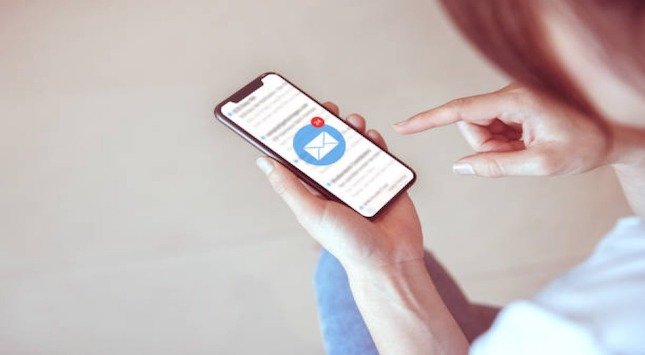The evolution of phones throughout the years has been so successful, that many people now can’t imagine a day without them. While smartphones paved the way for many advantages besides texting and calling, there are also caveats, similar to other technological advances we use today.
One of smartphone users’ many risks would be the security of personal data, especially if an owner loses their phone to theft. Mobile phones hold significant value to thieves since they hold so much information—from access to our social media accounts to bank information.
For those who are not technological-savvy, protecting your data can seem overwhelming. But in reality, it’s easier than it sounds. Below, we’ll go through different ways you can secure your data from a stolen phone.
How to Secure Your Personal Data from a Stolen Phone
We live in a world with unexpected dangers, and you can never be sure if your phone will be stolen. That’s why now is the right time for you to be proactive in securing your data. Here are some of the ways you can do it:
Update Your OS
An updated operating system can be patched to address known security flaws and issues. You and your device are subject to security flaws that could provide hackers access to your personal information if you don’t update the latest version. Some users may delay OS updates to avoid dealing with buggy versions. However, waiting too long can damage your devices.
Activate Phone Finder Apps
Phone finder apps like Find My iPhone and Find My Device are helpful apps that allow you to determine whether your phone has been stolen or misplaced. You must enable them so they can work whenever you need them. Also, these apps can provide you with a better opportunity in finding your lost phone and make you eligible for insurance reimbursement.
It would be best if you also considered downloading a program that snaps pictures after several failed login attempts. Once a certain number of login attempts have been made, these apps will automatically take a selfie.
These can assist thwart a thief, even though they are typically more effective for figuring out whether somebody is spying on your phone. The mere fact that the phone begins taking images while they attempt to log in might reason enough for them to throw the phone away.
Additionally, some of these apps associate locations with photographs, letting you roughly pinpoint the position of your phone at the moment of a login attempt. If you accidentally disabled a phone-finding app, this is helpful.
Enable Two-factor Authentication Setting
If your password is compromised, two-factor authentication, or 2FA, adds a layer of security to your device. It works when you enter your password, and 2FA will send a second message to a different device asking it to confirm your login attempt. It can take quite a little time to log in, but it serves as additional protection for your data.
Use Strong Passwords
When locking your phone, use a strong password, PIN, or pattern. Even though it may seem straightforward, more than half of users still need password-protecting their devices.
These days, many phones include biometric login alternatives, which are challenging to compromise, even though they might be frustrating when they need to be fixed. However, you may choose fingerprint authentication over facial recognition.
In the latter scenario, all that may be required to trick the software is a good snapshot of you. Although it may be more difficult, fingerprints can also be duplicated.
Be aware that patterns have shown to be inferior solutions for safeguarding your device because lurkers might readily examine and duplicate them. According to one study, one can copy your password after only one glance over two-thirds of the time.
Additionally, they can be deduced from fingerprint smudges on a screen. However, hackers can also crack short passwords or PINs. Therefore it’s best to choose a longer one (eight digits or more).
Utilize Password Manager
A password manager can be helpful if you have problems memorizing numerous passwords and creating unique passwords for each account. These tools can be used in conjunction with 2FA and can securely store passwords and pre-fill login pages. They can also protect you against phishing scams, where a bogus website requests your password.
Setup Automatic Backups
The loss of the actual phone itself may not be the worst aspect of the problem if it is lost forever. In this situation, losing all the data it contains, including contacts, calendars, pictures, and movies, can be distressing.
But thanks to automatic backups, you can recover almost anything on your phone more quickly than ever. Both Apple and Google have simple-to-use automated backup options.
Observe Best Practices When Using Your Phone
A little common sense can go a long way when preventing snoopers from accessing your information. Log out of apps after each session, especially for activities like online banking, and remove any apps you no longer need. Don’t store critical documents or private photos on your phone, and don’t retain any extraneous information.
Bottom Line
Although more smartphones are stolen yearly, you can better safeguard your data and limit harm using the tools at your disposal today.
You can protect the data on your smartphone if it ever ends up in the hands of a thief by following these recommendations.

